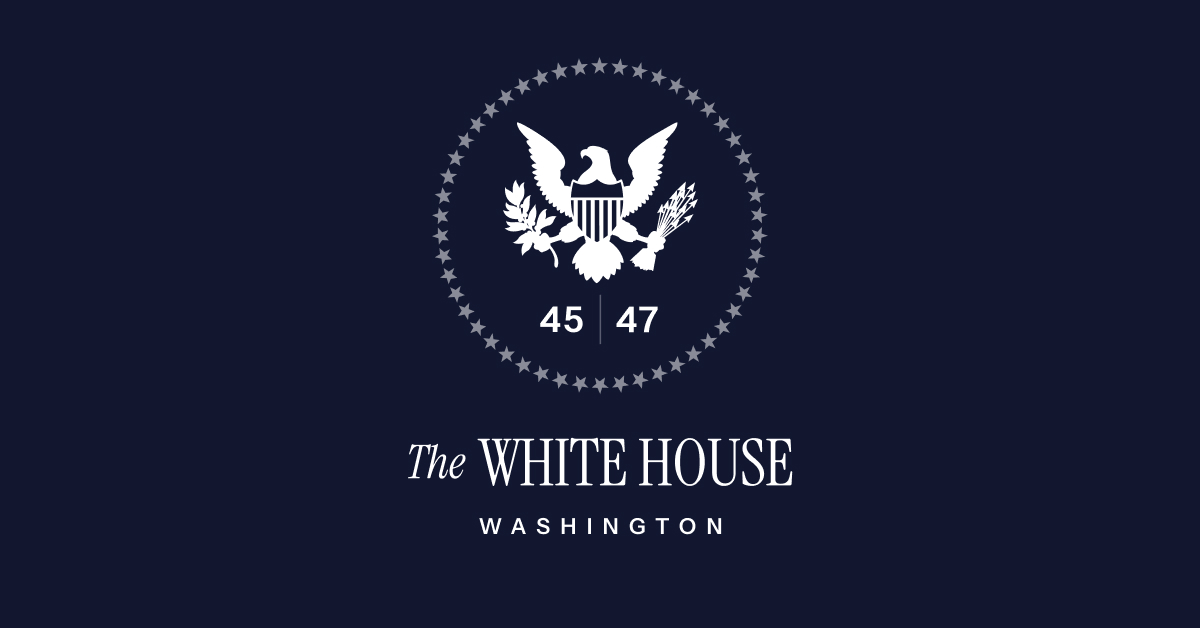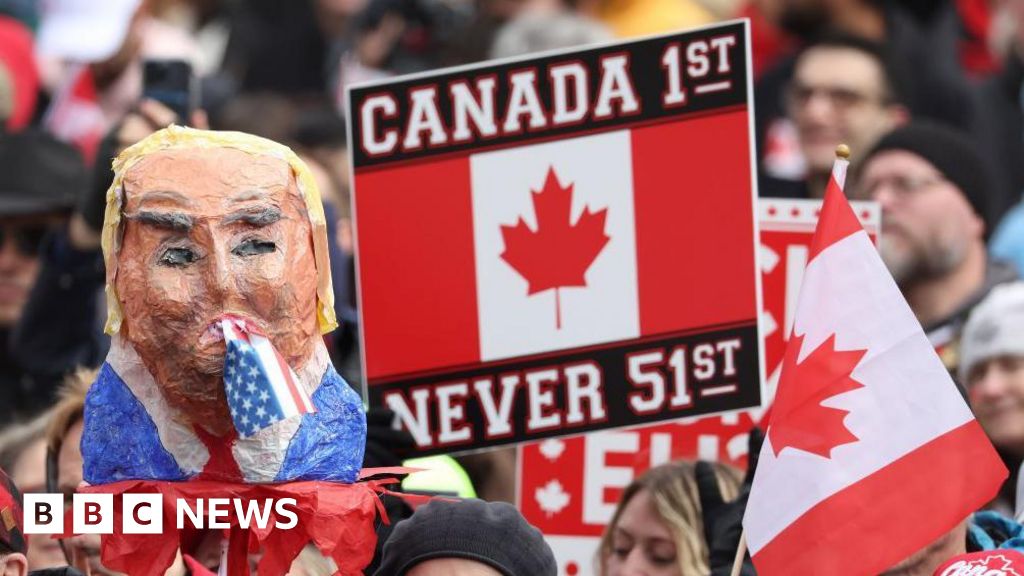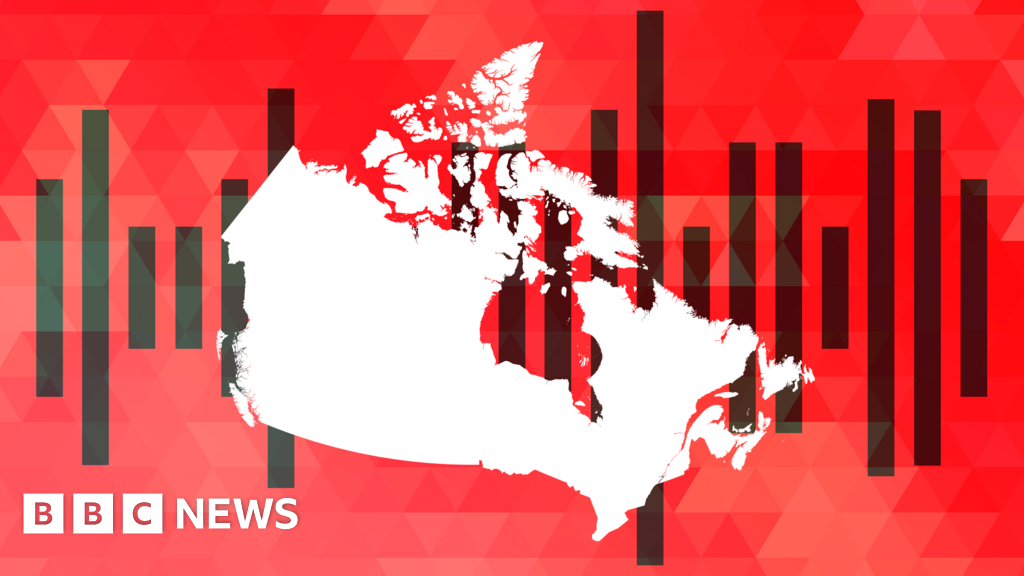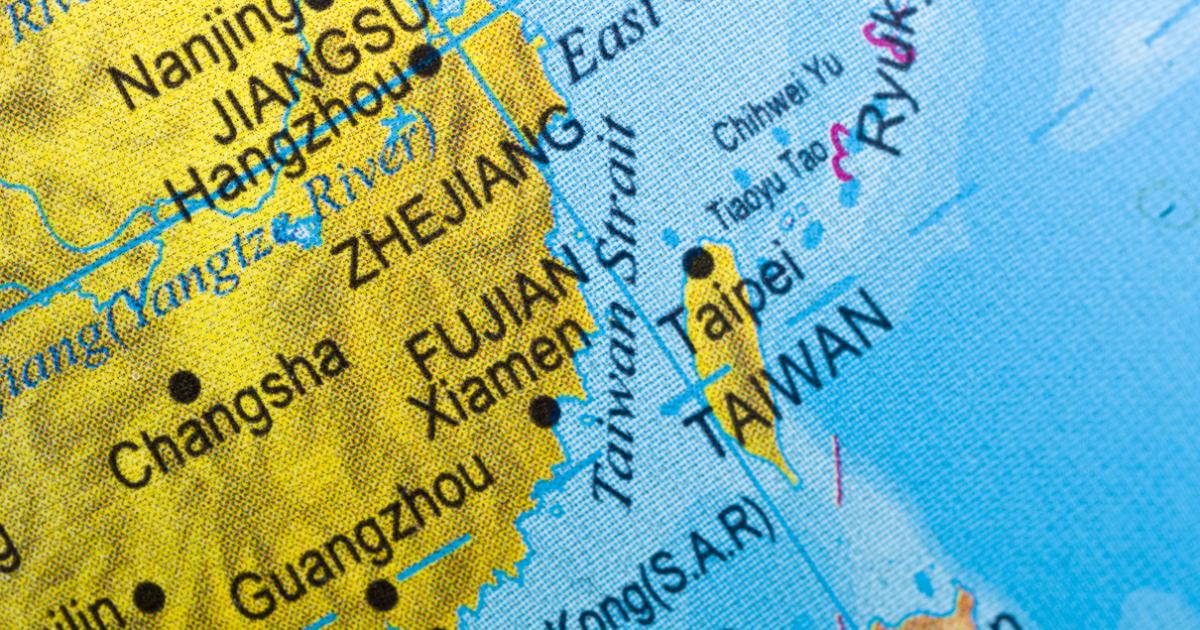Liberals' Victory in Canada: A Comprehensive Analysis of the Recent Election
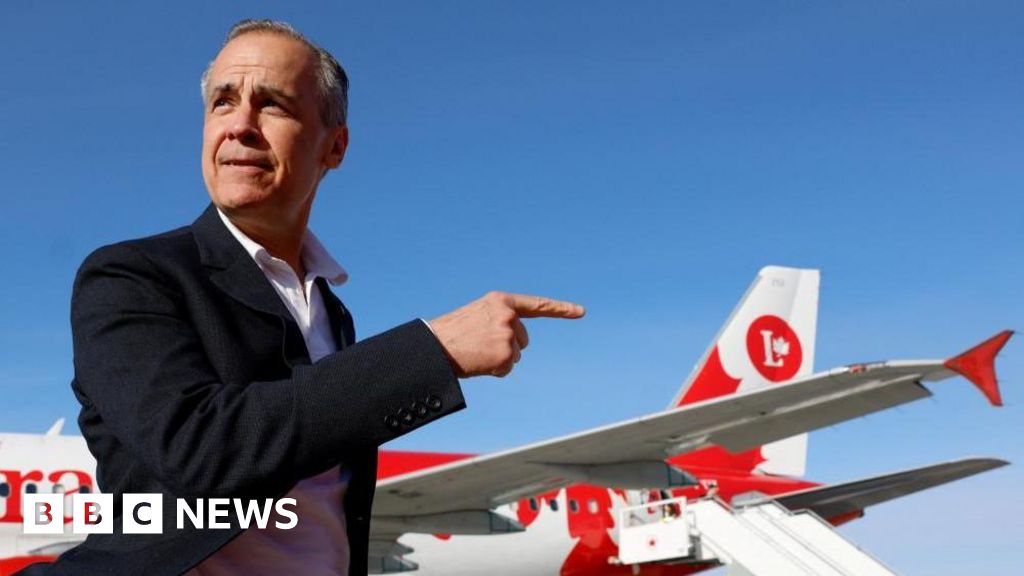
Mark Carney's Liberals have emerged victorious in Canada's federal election, capitalizing on a palpable backlash against U.S. President Donald Trump. This unexpected triumph marks a dramatic revival for a party that, just months ago, appeared to be on the brink of political extinction. The Liberal Party, which has held power for nearly a decade, is still awaiting the final results to determine if they can secure a parliamentary majority. However, the newly re-elected Prime Minister faces significant challenges, including addressing the deep-seated divisions within the country that became evident during the campaign.
Here are five key takeaways from an election that saw the Conservative Party make significant gains but ultimately fall short of victory.
1. The Influence of Trump's Threats on the Election
This election was heavily influenced by President Trump's controversial tariff threats and statements that undermined Canadas sovereignty. These issues became central to the campaign, shifting the focus toward leadership and the economic well-being of the country. Mark Carney, capitalizing on the circumstances, positioned himself not just against his main rival, Conservative leader Pierre Poilievre, but also against Trump himself. Throughout his campaign and victory speech, Carney warned that Trump aimed to break us so America can own us, emphasizing the critical nature of the moment.
In contrast, Poilievre's campaign strategy involved a focus on domestic issues such as the rising cost of living and the housing affordability crisis, while he mentioned Trump less frequently. Carney's declaration that the longstanding relationship with the U.S. was over indicates his intent to initiate discussions on a new economic and security framework immediately following the election. This strategy, as noted by Canadian businessman and former Conservative leadership candidate Kevin OLeary, successfully diverted attention from Carney's own political missteps by redirecting public focus toward frustrations with the United States.
2. A Remarkable Political Debut
Mark Carney, who began the year as a central banker without any political experience, has made history by becoming the first individual to assume the office of Prime Minister without prior electoral office. His rise began in March when he won the Liberal leadership race, and he subsequently faced the Canadian electorate for the first time. Carney's victory is particularly noteworthy given that he seized the opportunity following former Prime Minister Justin Trudeau's abrupt resignation earlier this year. His background in helping Canada navigate economic crises was leveraged to reassure anxious voters about their financial futures.
Trumps late-March announcement of global tariffs on automobile imports provided Carney with a prime opportunity to showcase his leadership abilities during the campaign. He adeptly stepped into the role of Prime Minister during this time, engaging directly with Trump and convening his ministers to address concerns regarding U.S. policies.
3. Conservative Party Gains Yet Falls Short
While the Conservative Party made notable strides in this election, the outcome was ultimately disappointing for them. Historically, in 2011, the Conservatives captured a majority with 39.6% of the popular vote. Current projections indicate that Poilievre is on track to surpass that figure, with approximately 41.4% of the vote. Despite this, the projected seat count of 144an increase from 120 at the election's callwas insufficient due to the progressive vote consolidating around the Liberals.
The loss was particularly painful for Poilievre, who was defeated in his own riding in Carleton, Ontario. With the Conservatives previously positioned for victory, they are now left grappling with a series of electoral defeats and the future of leadership within their party. The critical question remains whether Poilievre will continue to lead the party as they navigate this new political landscape.
4. A Nation Divided
The election results underscore the significant divisions within Canada, posing challenges for Carney's new administration. The Liberal Party has found itself largely marginalized in Alberta and Saskatchewantwo provinces rich in oil and gas resourceswhere feelings of alienation from the federal government have been longstanding. Even before the election, there were warnings of a potential national unity crisis should the Liberals secure another term.
In his victory remarks, Carney acknowledged the millions of Canadians who voted for an alternative outcome, stating, I intend to govern for all Canadians. Meanwhile, Poilievre's focus on cost of living issues, particularly those affecting housing, resonated with younger voters. A recent Nanos poll indicated that support for the Conservatives was notably higher among individuals aged 18 to 34, with 44% backing compared to 31.2% for the Liberals. This generational divide was further emphasized by Abacus Data polling, which revealed that concerns about Trump were more pronounced among older voters.
5. The Decline of the New Democratic Party
This election cycle proved detrimental for smaller political parties, particularly the left-leaning New Democrats (NDP). The NDP has seen a drastic reduction in their vote share, plummeting to around 6% compared to 18% in the previous election. Jagmeet Singh, the party leader who has held the position for nearly eight years, was unable to secure his own riding in British Columbia and subsequently announced his resignation. Following the election, he expressed his disappointment, stating, Were only defeated if we stop fighting. The Green Party also faced a significant drop, with their vote share cut in half from 2% to 1%.










